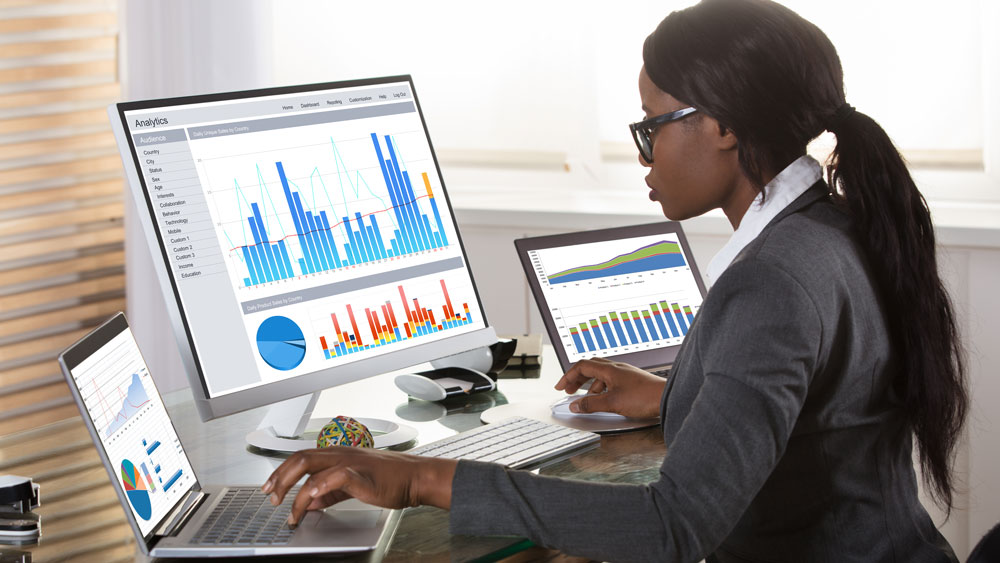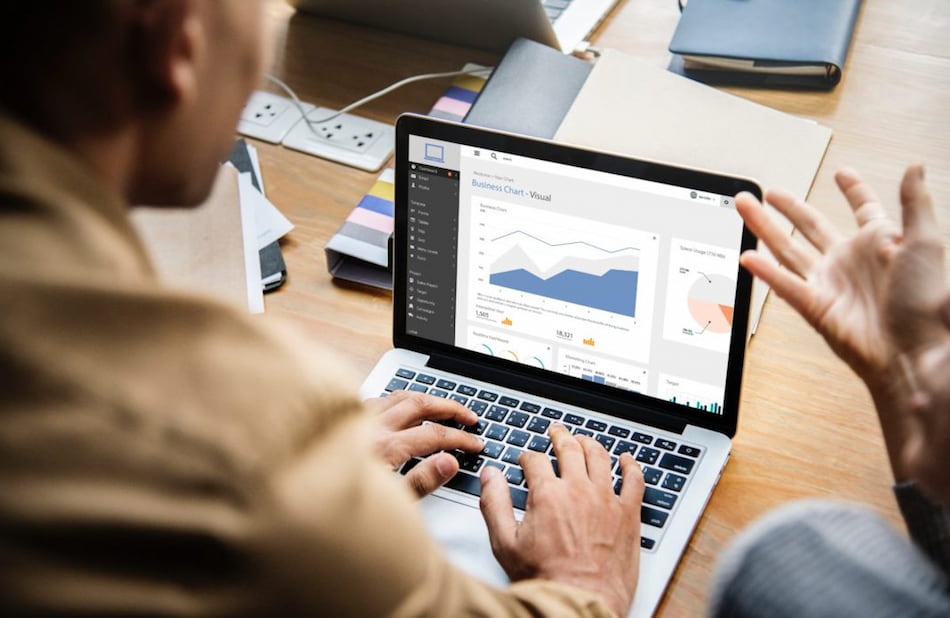A data analyst collects, cleans, and studies data sets to assist in problem-solving. Here's how you can get started on your path to becoming one.
A data analyst gathers, cleans, and interprets data sets to answer questions or solve problems. They work in a variety of fields such as business, finance, criminal justice, science, medicine, and government.
What types of customers should a company target in its next advertising campaign? What age group is most susceptible to a specific disease? What behavioral patterns are associated with financial fraud?
These are the kinds of questions you might be asked as a data analyst. Continue reading to learn more about what a data analyst is, what skills you'll need, and how you can get started on the path to becoming one.
Data analysis is the process of gleaning insights from data to inform better business decisions. The process of analyzing data typically moves through five iterative phases:
- Identify the data you want to analyze
- Collect the data
- Clean the data in preparation for analysis
- Analyze the data
- Interpret the results of the analysis
What are the tasks and responsibilities of a data scientist?
A data analyst is a person whose job is to gather and interpret data in order to solve a specific problem. The role includes plenty of time spent with data but entails communicating findings too.
Here’s what many data analysts do on a day-to-day basis:
Gather data: Analysts often collect data themselves. This could include conducting surveys, tracking visitor characteristics on a company website, or buying datasets from data collection specialists.
Clean data: Raw data might contain duplicates, errors, or outliers. Cleaning the data means maintaining the quality of data in a spreadsheet or through a programming language so that your interpretations won’t be wrong or skewed.
Model data: This entails creating and designing the structures of a database. You might choose what types of data to store and collect, establish how data categories are related to each other, and work through how the data actually appears.
Interpret data: Interpreting data will involve finding patterns or trends in data that will help you answer the question at hand.
Present: Communicating the results of your findings will be a key part of your job. You do this by putting together visualizations like charts and graphs, writing reports, and presenting information to interested parties.
.png)
What tools do data analysts use?
During the process of data analysis, analysts often use a wide variety of tools to make their work more accurate and efficient. Some of the most common tools in the data analytics industry include:
- Microsoft Excel
- Google Sheets
- SQL
- Tableau
- R or Python
- SAS
- Microsoft Power BI
Data Analytics and Business Intelligence Course at Syntax Technologies
Syntax Technologies' Data
Analytics and Business Intelligence course (DA/BI) is one of the best training programs on the market. The program is designed to train people with little to no programming experience to become data professionals who combine analytical and programming skills - using data manipulation, data visualization, data cleansing, and other techniques to make sense of real-world data sets and create data dashboards/visualizations to share your findings.
What makes Syntax Technologies unique?
Interviews – Our instructors will prepare you for the job interviews, alongside your IT skills. You’ll also have a chance to work with our mentors and recruiting partners through mentorship sessions and MOC interviews to leave a remarkable impression in your upcoming interviews.











.png)

.png)
.png)
